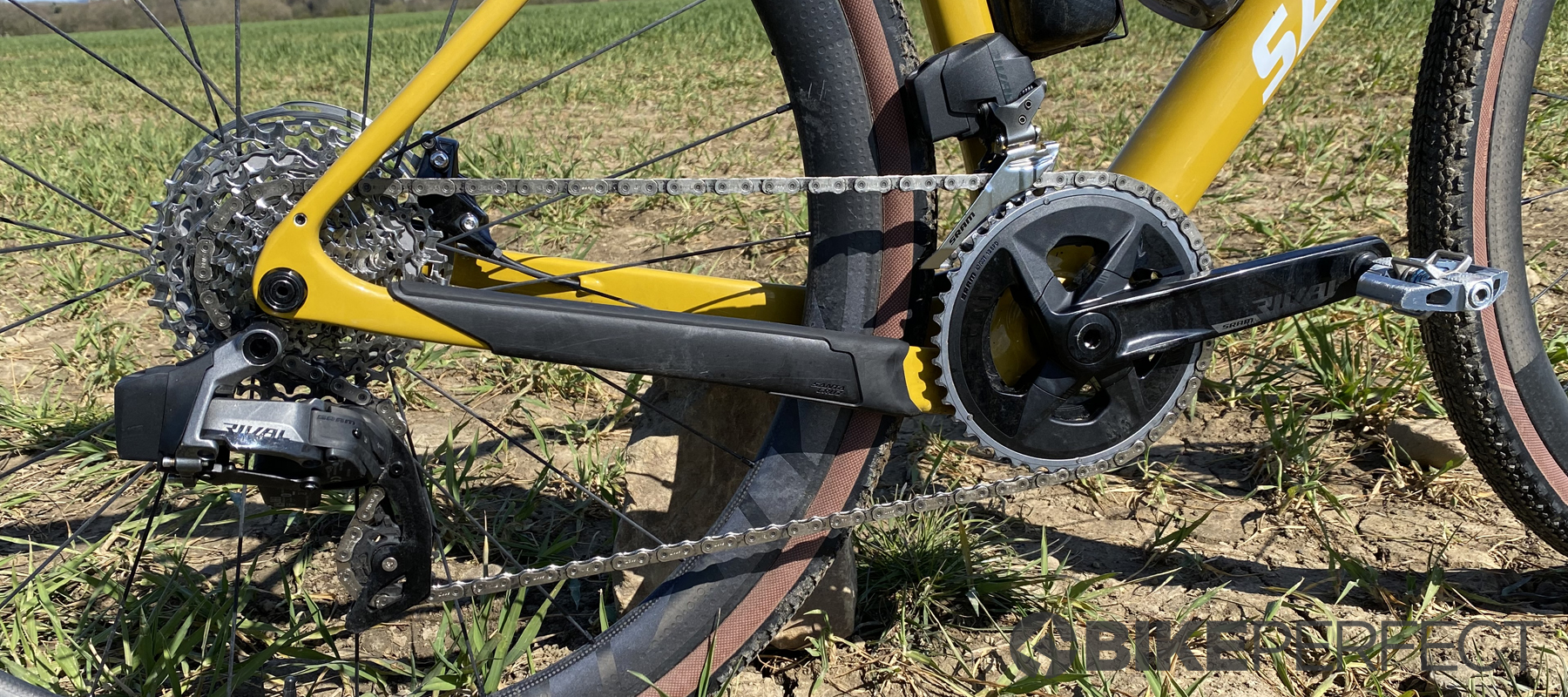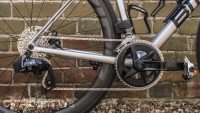Bike Perfect Verdict
Fantastic wireless shifting plus power info, ultra-versatile road/gravel/MTB gear range and ergonomic integration with blissfully simple communication and set up at a bargain price. Amazing.
Pros
- +
Flawless wireless shifting
- +
Super aggressive pricing
- +
Excellent X-Range ratios
- +
Affordable power meter option
- +
Super simple set up
- +
Intuitive app
- +
Tuneable shifting
- +
Slimmer hoods
- +
Mullet Eagle MTB options
- +
Great braking
- +
Oversized DUB axle
Cons
- -
No bite point adjust
- -
No blip buttons
Why trust BikePerfect
SRAM is launching its new Rival eTap AXS family with the tagline ‘This Shifts Everything’ and it's right, it really does. Not only does it bring flawless wireless shifting, super simple set up and data communication to a whole new price point. It also introduces realistic ratio ranges in double and single chainring set-ups for every possible drop bar use, plus oversized BB stiffness, wireless dropper post-integration and affordable power measuring.
- Best gravel bikes: drop bar offroaders for racing and exploring
- Cheap gravel bikes: gravel bikes under $1,500
- Best MTB groupsets: the best mountain bike groupsets tested
Build and set up
As we’d ridden SRAM Force eTap AXS Wide Range extensively before, SRAM sent us the equivalent in Rival. They even fitted it to the same Zipp 303 Firecrest-equipped Santa Cruz Stigmata for a direct comparison.
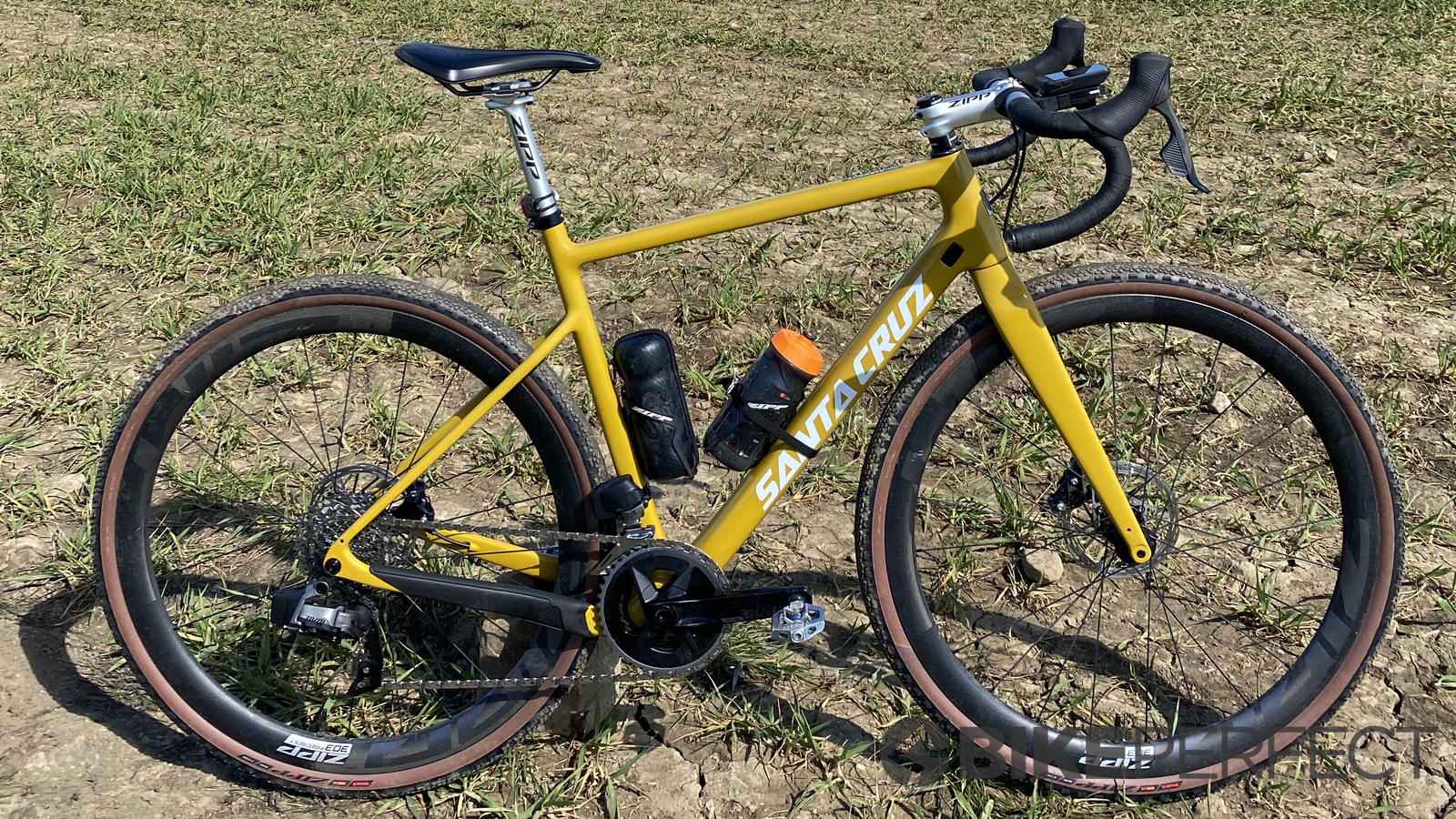
Before we even started riding the numbers were pretty compelling, too. While Rival uses forged alloy crank arms and alloy brake levers rather than carbon fiber SRAM lists it as only 200g heavier for a double ring Wide Range HRD (Hydraulic Disc) set up and just 99g for single ring 1x. You can add another 49g for the Quarq power meter which sits in the oversized DUB crank axle, but that’s still a weight gain we reckon most people will happily swallow, especially the new breed of Zwift incubated riders. Even if you include the price of the batteries and charger price increase over the previous cable-controlled Rival is as little as £166. But does it deliver everything you’d hope?
Set up
As all the eTap AXS guts (comms as well as motors, batteries, gearboxes etc.) are the same across Red, Force and Rival, set up is as simple as always. You’ll need a SRAM XD freehub for the 12-speed cassette but otherwise it’s just fit the brake/shift levers, bolt on the mechs using the supplied templates for accurate positioning, fit the flat top chain, clip in the batteries and open the SRAM AXS app on your smartphone. Press the AXS button on the master unit (front mech on 2X setups, rear mech on 1X), authorize that and then you’ll be asked to pair all the other components. Once that’s sorted you can choose how to set up your shifting - conventional, sequential or compensating with 2, 3 or ‘all’ gear shift limits - check battery levels, add any other components like AXS seat post or the Quarq power meter and you’re good to go. From experience on Red and Force, initial pairing can glitch occasionally but it’s blissfully simple compared to fighting with internal cable routing, barrel adjusters, frayed cables or nipple crimping awkwardness.
Shifting
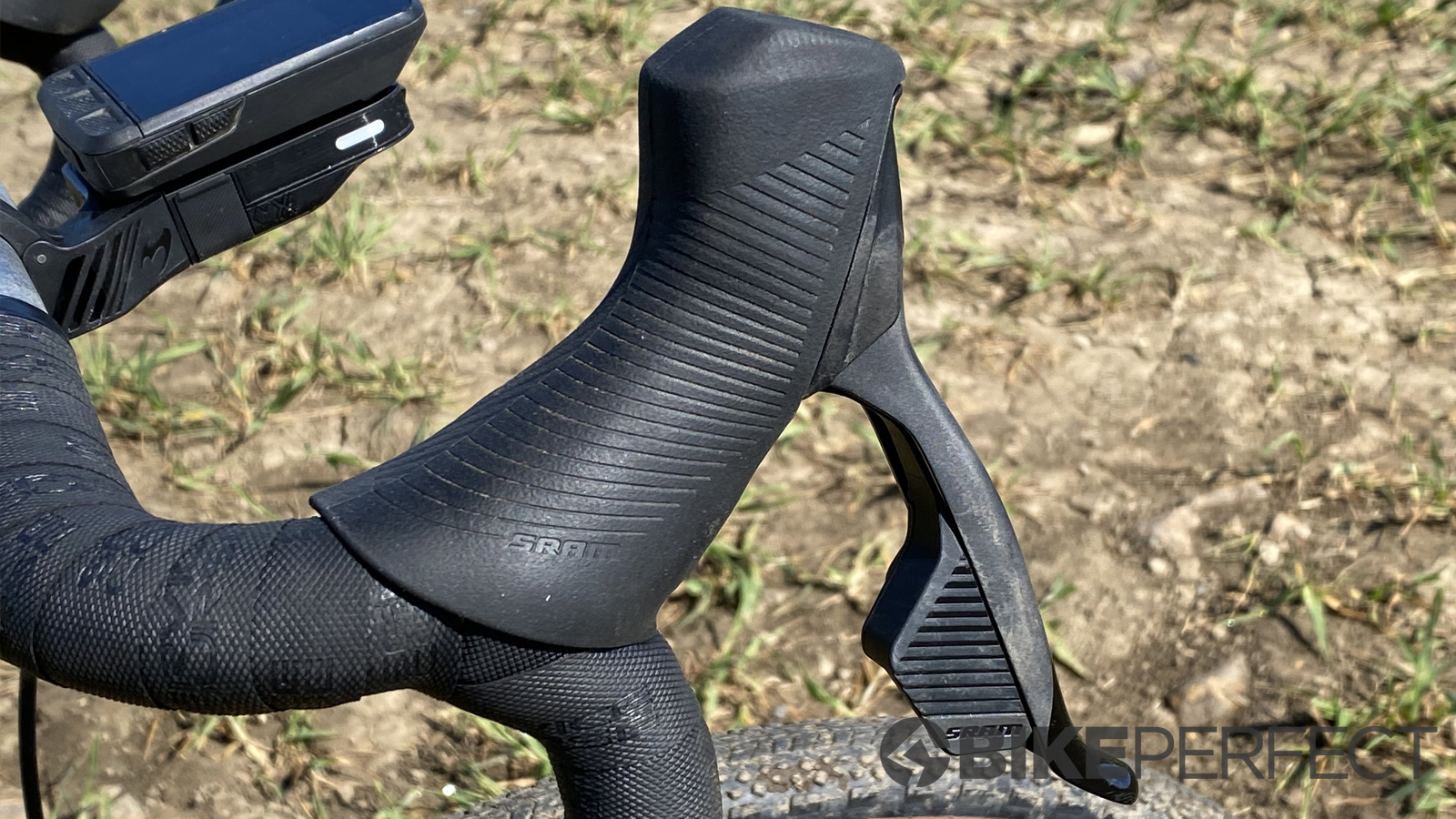
With no bite point adjust on the brakes or satellite ‘blip’ shift button option the shifters are slimmer than Red and Force which particularly suits smaller hands but even our big paws preferred the profile. The big textured shift button is impossible to miss from the hoods or drops too, even with winter gloves or frozen fingers. Whichever way you decide to configure it, the one side shifts up, the other shifts down, both together shifts the front ring is fantastically intuitive even to totally new riders too.
Smart tooth profiling and just 13 teeth between any of the different double-ring pairings (48/35, 46/33 and the 43/30 we used) meant every shift - even on choking leg climbs filled with cobbles - was instant and immaculate. The high number of single tooth steps on either the 10-30 or 10-36T 12-speed cassette options meant rear shifting was equally as sorted. While it gets a simpler spring clutch rather than the ‘Orbit’ fluid damper we never skipped or jumped the chain even when things were getting really rowdy off-road.
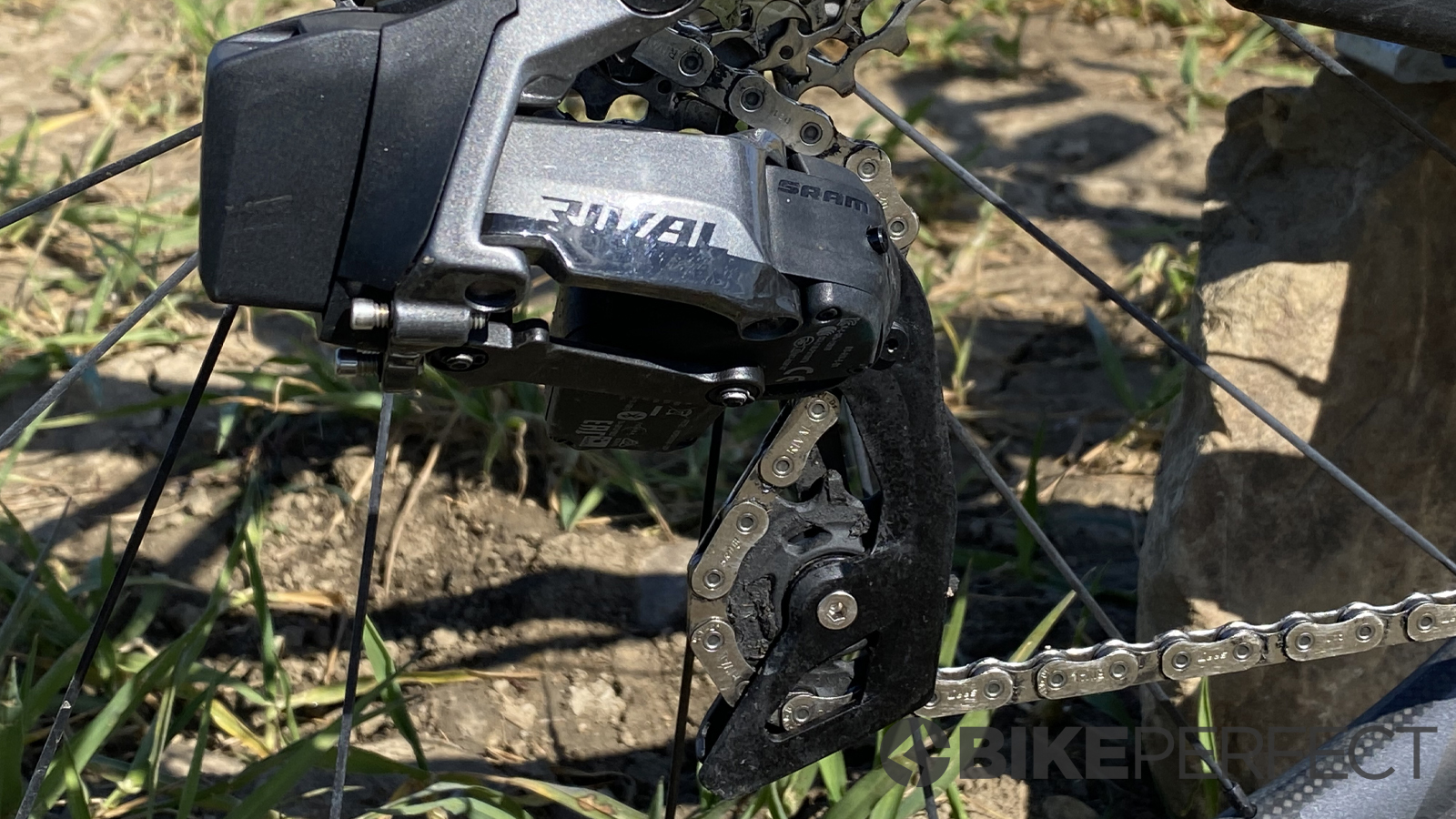
You’ll need a different front mech for standard or Wide Range set ups but the same rear mech covers both 10-30T and 10-36T cassette options but there’s no 10-28T option. Steel lower cage and other heavier materials add 40g over Force too.
Ratio ranges
We’re already on record as big fans of Force Wide Range (43/34T front, 10-36T rear) and tracking which ratios we used via the AXS ride reports showed we were right in the mid-block sweet spot most of the time on hilly, mixed-terrain rides. While the small ‘big’ ring seems to strike terror into the ego of a lot of riders we found we could still put plenty of pressure through the pedals in 43 x 10 without a crazy cadence at well over 60km/h. The 30 x 36T bottom gear is a gift for grievously steep climbs and if you really want to go summit scalping you can mix Rival AXS shifters with a 10-52T Eagle MTB cassette, chain and rear mech for a ‘mullet’ set up. SRAM have all sorts of charts showing how the various X-Range options exceed those offered by Shimano or Campagnolo too and it’s great to see that width of ratios being extended to Rival.
Chainset
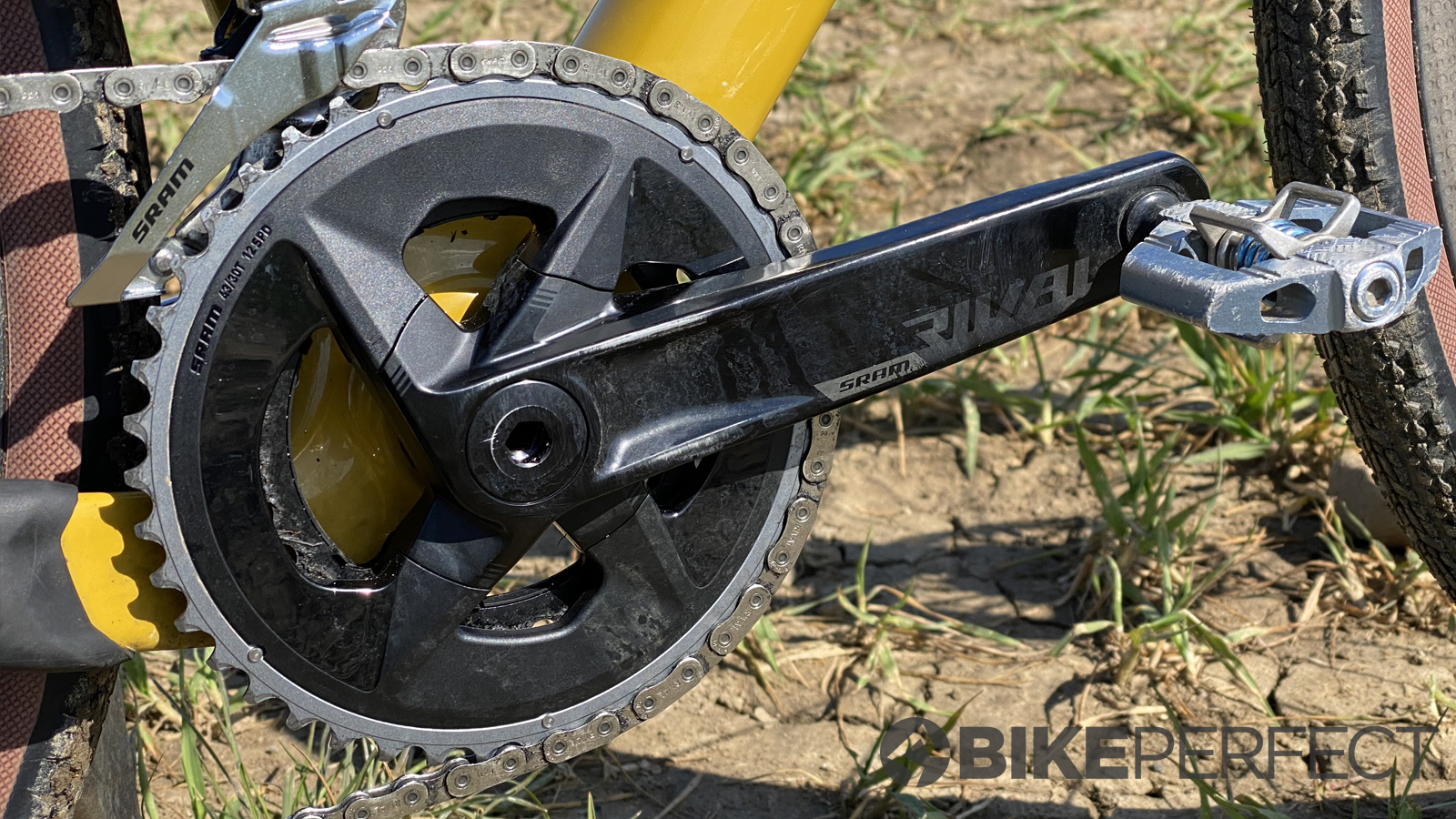
The new ring sizes sit on a totally new, angular armed hidden bolt spider with scooped cold-forged alloy arms on SRAM’s proprietary ‘almost 30mm’ DUB diameter axle. It’s where the majority of the 114g weight increase over Force sits but it feels super stiff underfoot and saves worries about cracked carbon fiber. The single ring setup uses a really good-looking direct ring which cuts the gain to 81g and uses X-Sync 2 profile narrow-wide teeth for chain security.
The Wide Range chainset and corresponding front mech also add clearance for wider or muddier tires if your frame allows.
Power meter
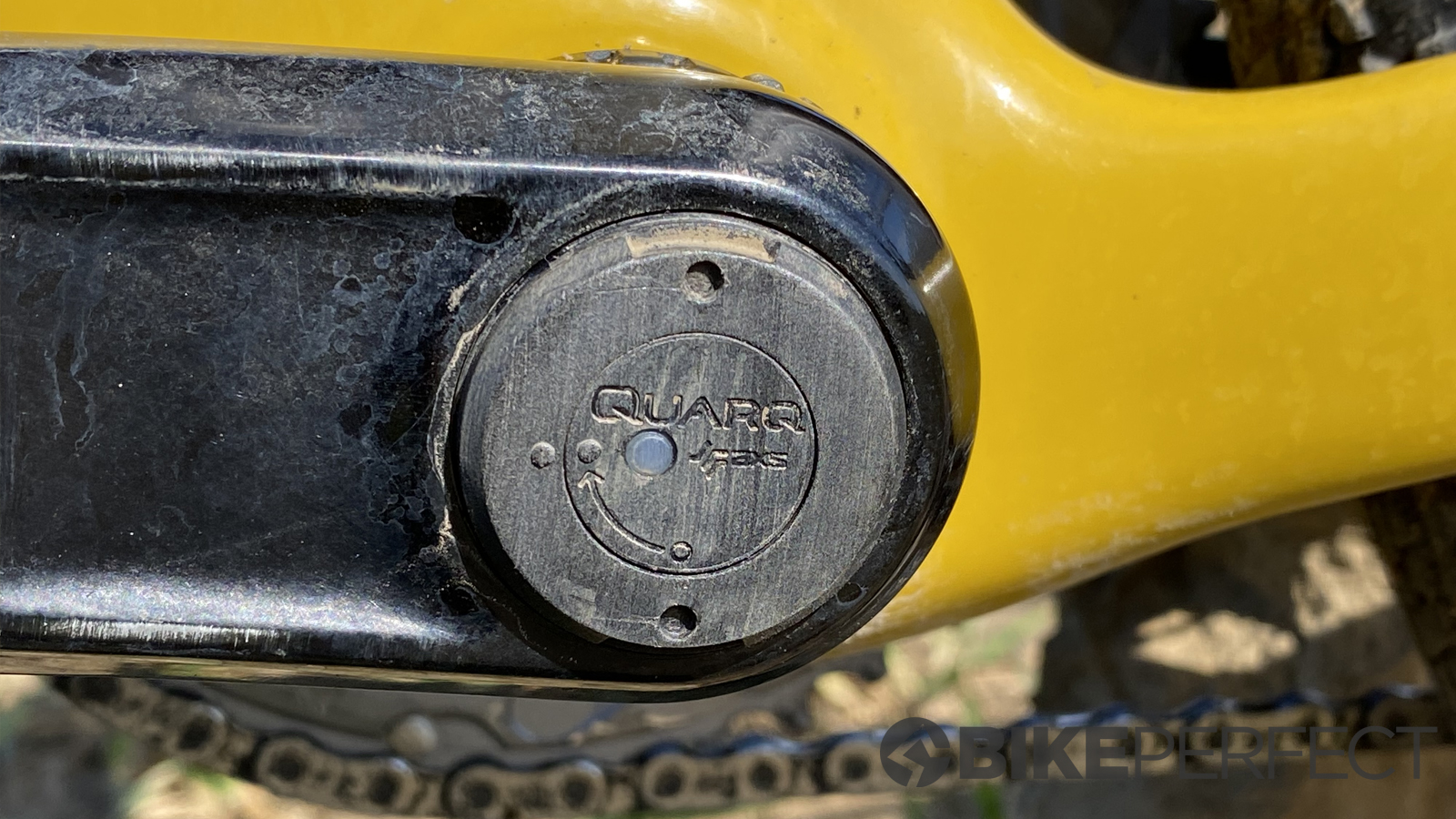
The Quarq power meter sits in the offside crank with a AAA battery ‘sled’ sliding into the Dub axle. It only gives single-sided measurement so data is basic and you need to manually reset before each ride. Pricing is super keen though with the full chainset option is €360 but if your bike comes with new Rival you can just buy the offside arm and axle for €260. Battery life is apparently around 400 hours but make sure you use a lithium cell for predictable readings.
Cassette and chain
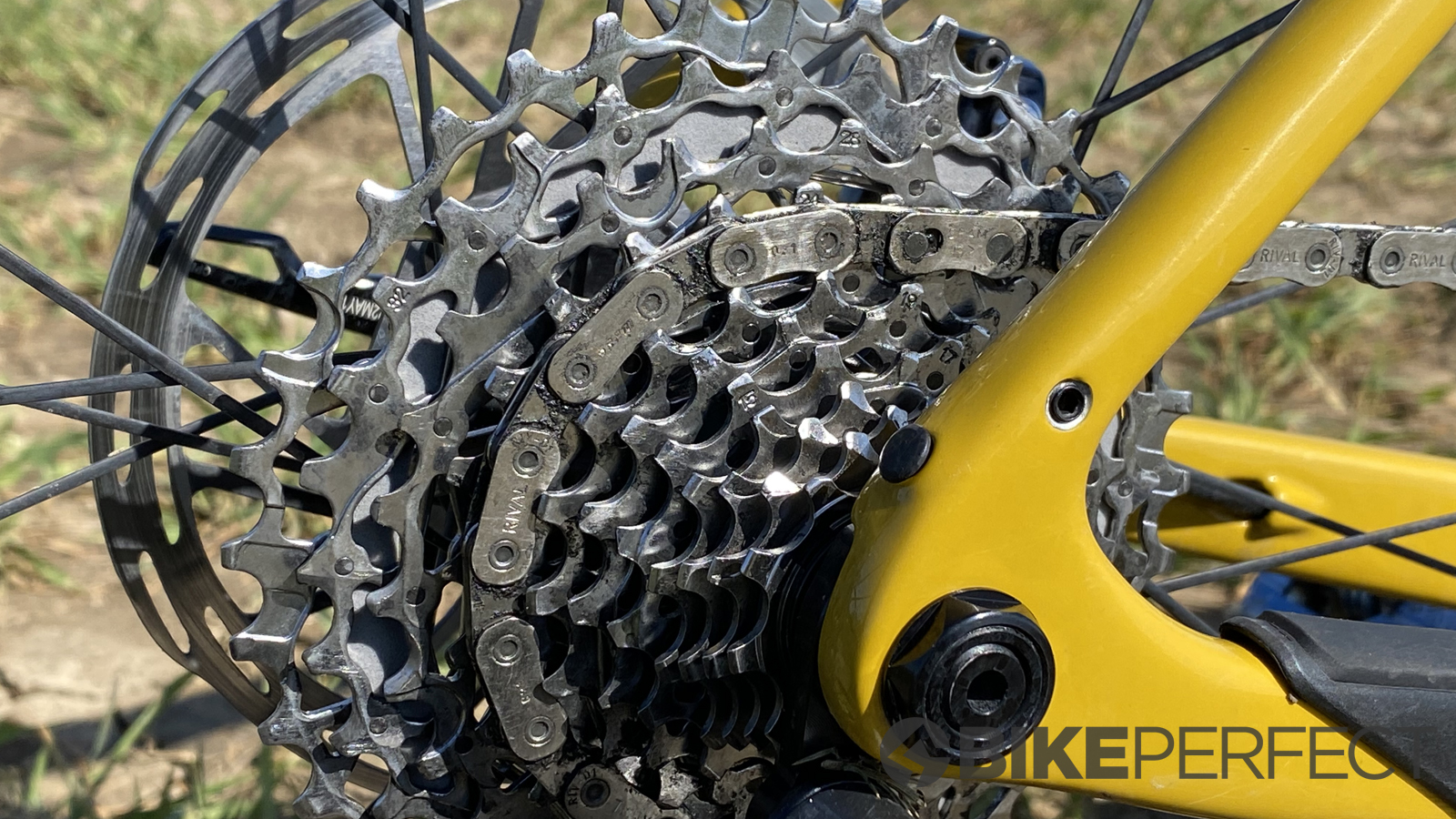
The Rival wins continue with SRAM’s signature flat-top chain with ‘Hard Chromed' outer links which has been running sweet on snowy, muddy and seriously sunny days without a squeak. While the cassette doesn’t get the alloy outer cog of Force (which adds 28g) it’s fully Nickel-plated just like Force and Red and still gets the softer damper spacers between the smaller cogs for a quieter ride.
Braking
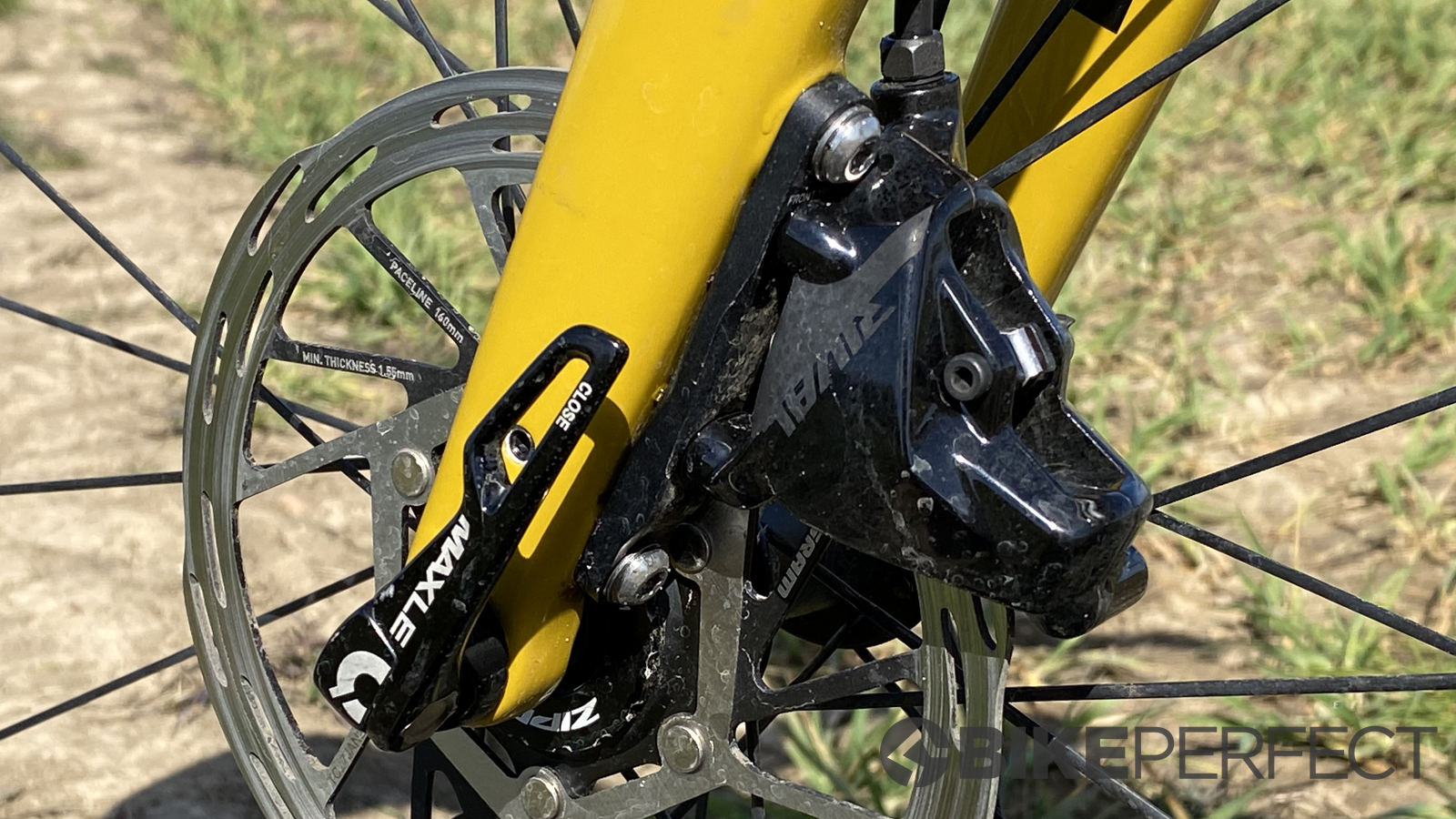
Rival doesn’t get the bite point adjustability of Force and Red but we find the standard set up absolutely fine anyway. The smaller hood dimensions were liked by everyone who tried them though and you still get reach adjust. Braking from the flat-mount disc callipers is as totally predictable and controlled as we’ve come to rely on from SRAM and it uses the same two-tone rotors as Force. While you don’t get the super-smart ‘Bleeding Edge’ plug in fixtures the calliper still flushes through from the far end of the block to chase air bubbles out easily.
Software
The super impressive Rival hardware is matched by equally intuitive and helpful data and functionality management through the AXS phone app or the AXS WEB online pages. These already return very useful interesting ratio, power, TSS and other data (including heart rate if you add a BLE belt/watch) but SRAM are planning to add more servicing and wear tracking features on a rolling basis.
- SRAM GX1 Eagle AXS upgrade kit review
- SRAM Eagle AXS wireless system review
- RockShox Reverb AXS dropper post review
Verdict
We’re not surprised that SRAM has come out with a more affordable AXS group for drop-bar bikes, but just like the GX AXS group for MTB we’re amazed how similar it is in performance, feel and functions to its more expensive siblings. It also introduces the excellent X-Range ‘real world’ ratio and MTB mullet options and all the super-easy setup, wireless communication/customizing and cable-free aesthetic gains of the eTap AXS ‘ecosystem’ as SRAM like to call it.
Adding an affordable power meter and improved hood fit into the mix make it a no-brainer choice even if you could maybe afford Force. Especially when the small weight gains get you a tougher mech and chainset. The remarkably small cost increase over cable Rival is worth the money several times over too, making this a genuine shift of the goalposts for mid-level groupset performance for gravel and road.
Tech Specs: SRAM Rival eTap AXS groupset
- Price: $1,639 / €1,688 / £1,516 (2x with power meter), $1,420 / €1,463 / £1,314 (2x without power meter), $1,409 / €1,453 / £1,304 (1x with power meter), $1,190 / €1,228 / £1,102 (1x without power meter)
- Shifting: Wireless
- Braking: Disc
- Speeds: 1x12, 2x12
- Weight: 3,200g (2x), 2,800g (1x)
- Cranks: 160, 165, 170, 172.5, 175mm
- Chainrings 2x: 48/35T, 46/33T and 43/30T (wide)
- Chainrings 1x: 38T, 40T, 42T, 44T, 46T
- Cassette: 10-28T, 10-30T, 10-36T
Groupset pricing includes shift-brake system, rotors, crankset, bottom bracket, chain, cassette, derailleur (front and rear for 2x, rear only for 1x), batteries, charger.

Guy Kesteven has been working on Bike Perfect since its launch in 2019. He started writing and testing for bike mags in 1996. Since then he’s written several million words about several thousand test bikes and a ridiculous amount of riding gear. He’s also penned a handful of bike-related books and he reviews MTBs over on YouTube.
Current rides: Cervelo ZFS-5, Specialized Chisel, custom Nicolai enduro tandem, Landescape/Swallow custom gravel tandem
Height: 180cm
Weight: 69kg
